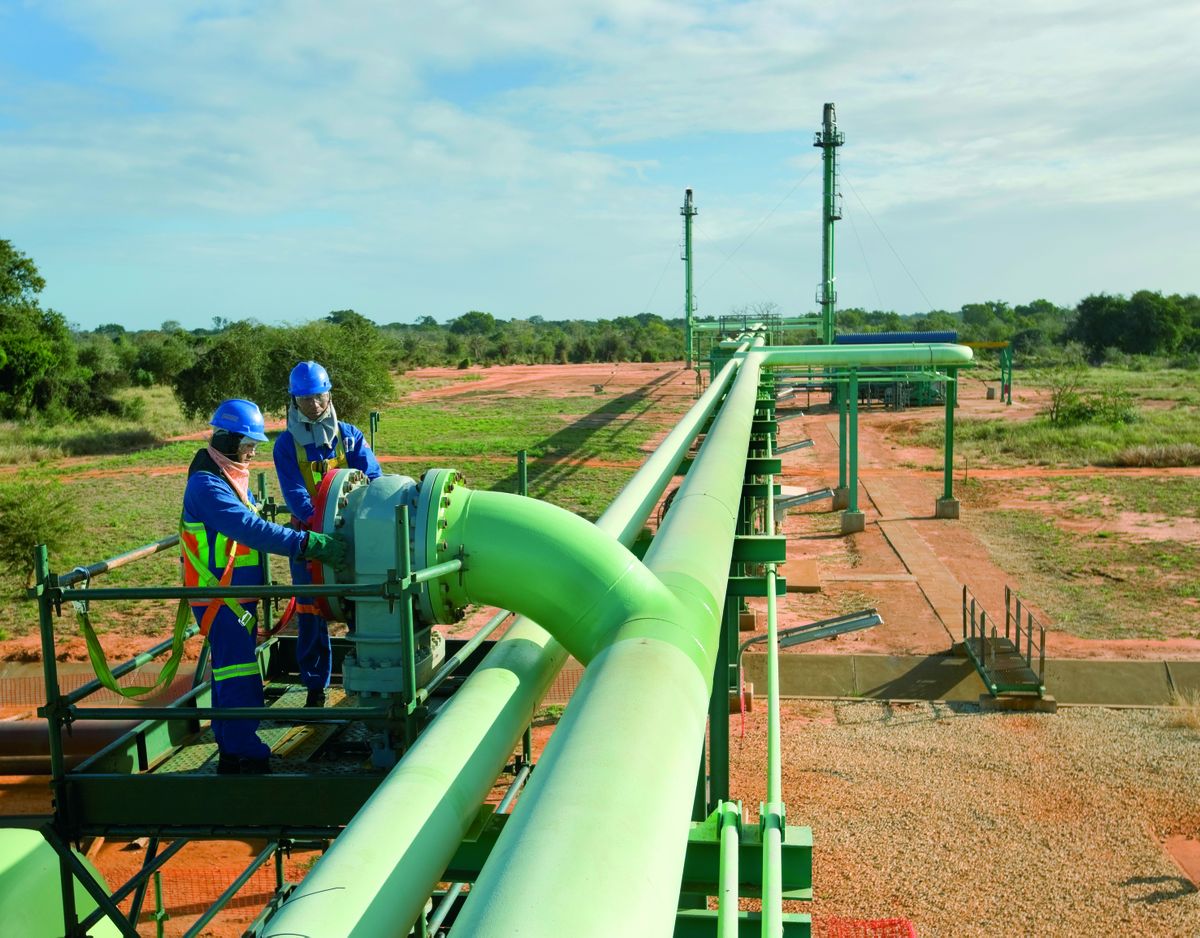
Summary
The growth in demand for gas has slowed worldwide, but gas could serve as an effective intermediary in the transition to a low-carbon future dominated by renewables. This possibility raises questions over how much should be invested in gas infrastructure and the extent to which policymakers should support the use of gas and new gas projects.
This was the key message from the International Energy Agency’s Medium-Term Gas Market Report 2016, presented in Brussels at Friends of Europe’s conference on 8 June. According to the report, global demand will increase at an average annual rate of 1.5% between 2015 and 2021. But this is down from the 2.5% observed from 2009 to 2015, when gas gained popularity in part because its combustion produces less carbon dioxide than coal. The reduced expectations have slowed new investment, with the IEA saying that no new export projects were commissioned in the first half of 2016.
One cause is the world’s slow economic growth combined with a decline in the global economy’s energy intensity. At the same time, gas is sandwiched between two other sources of power, which have clear selling points. “You cannot look at gas in isolation from what happens with other fuels,” said Fatih Birol, Executive Director of the IEA. “Coal prices are rock bottom, especially in Asia. If you don’t have regulations on air pollution, coal may be the preferred option. And the falling cost of renewables and government support for these squeezes the room for gas.”
About
The global gas markets are changing rapidly, raising new challenges for industry and policymakers, and creating enormous uncertainties about future global demand prospect. Record oversupply has triggered a steep fall in prices and sharp investment cuts across the industry, threatening to sow the seeds of a classic bust-boom commodity cycle. Meanwhile, global gas demand, caught between cheap coal and continued policy support for renewables, has so far failed to pick up in response to lower prices. The slowdown in Asian gas demand has particularily intensified, prompting a rare decline in the region’s Liquefied Natural Gas (LNG) imports.
- What will the impact of today’s gas supply and demand trends be on future gas trade, prices and investment?
- Is low gas demand here to stay? And given a new wave of LNG projects, where will all that gas go?
- How will national climate policies in the aftermath of the Paris agreement affect the future outlook for gas?
- Do the EU’s gas strategy and long-term investment plans take into account all the emerging trends?
IMAGE CREDIT: CC – SASOL
The Medium-Term Gas Market Report 2016 assesses global natural gas trends and provides a detailed analysis of global demand supply and trade development through to 2021. It also explores the links between today’s oversupply and emerging shifts in trade patterns, pricing mechanisms and market structures that have the potential to substantially re-shape the global gas industry over the next few years.
Schedule
Presentation of the report by
Fatih Birol
Executive Director of the International Energy Agency (IEA)
Introductory remarks by
Dominique Ristori
European Commission Director-General for Energy
Panel discussion with
Fatih Birol
Executive Director of the International Energy Agency (IEA)
Dominique Ristori
European Commission Director-General for Energy
Rune Bjørnson
Vice President for European Policy and Regulatory Affairs at Statoil
Philippe Jeunet
Special Advisor to Senior Executive Vice President in charge of Infrastructures, China and GTT, and Chairman of the Board of Gaz Réseau Distribution France (GRDF), subsidiary of ENGIE
Moderated by
Dharmendra Kanani
Chief Operating Officer and Chief Spokesperson of Friends of Europe
Speakers
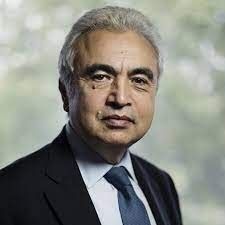
Executive Director of the International Energy Agency (IEA)
Dr Fatih Birol has served as Executive Director of the IEA since 2015, taking up his current position after rising through the ranks of the IEA over two decades. He has been named in TIME’s annual list of the world’s 100 most influential people and by Forbes as one of the most influential people in the world of energy. He chairs the World Economic Forum’s (Davos) Energy Advisory Board and is the recipient of numerous state decorations, including the French Legion of Honour and the Japanese Emperor’s Order of the Rising Sun.

European Commission Director-General for Energy
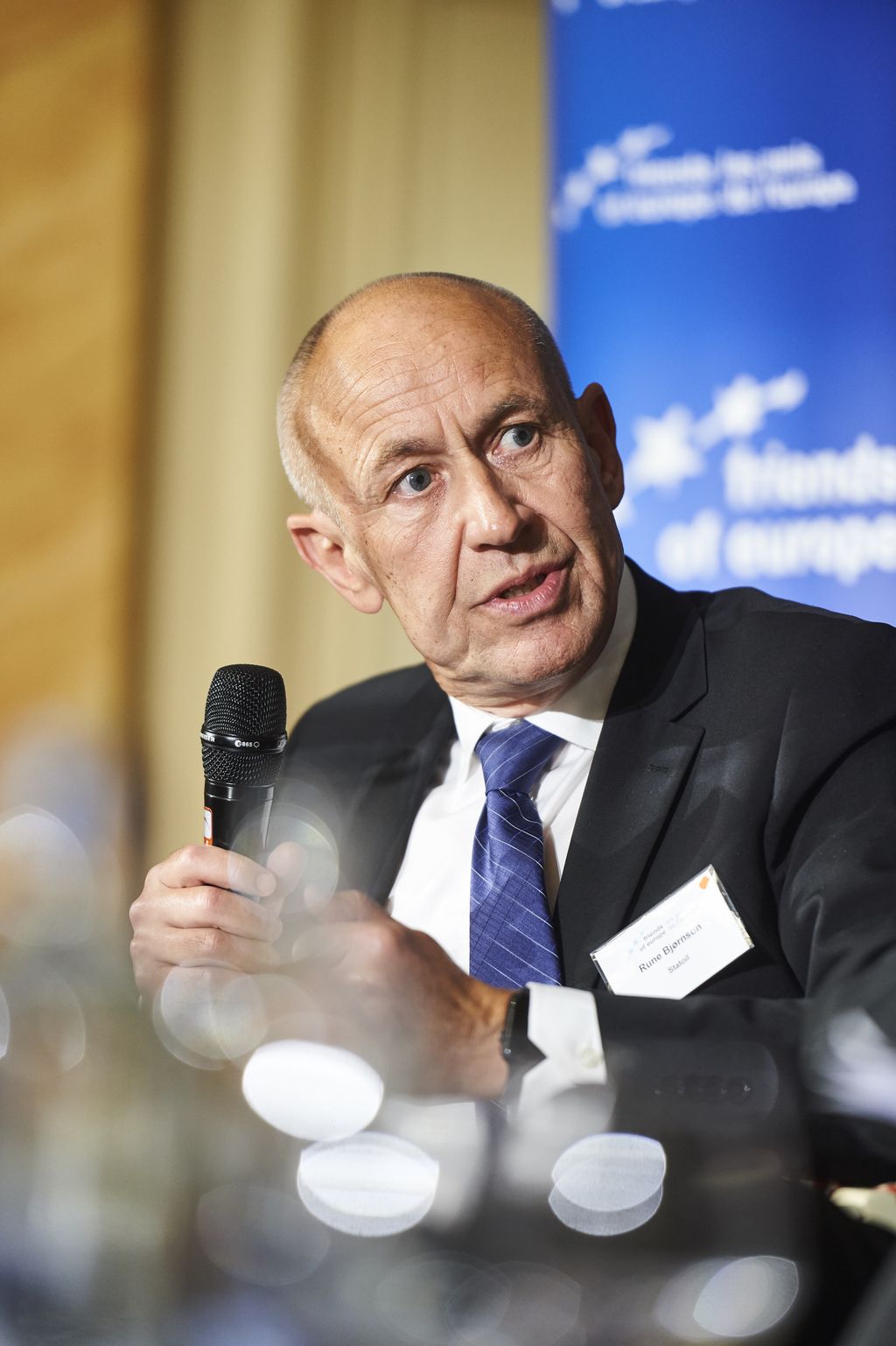
Vice President for European Policy and Regulatory Affairs at Statoil
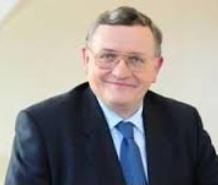
Special Advisor to Senior Executive Vice President in charge of Infrastructures, China and GTT, and Chairman of the Board of Gaz Réseau Distribution France (GRDF), subsidiary of ENGIE
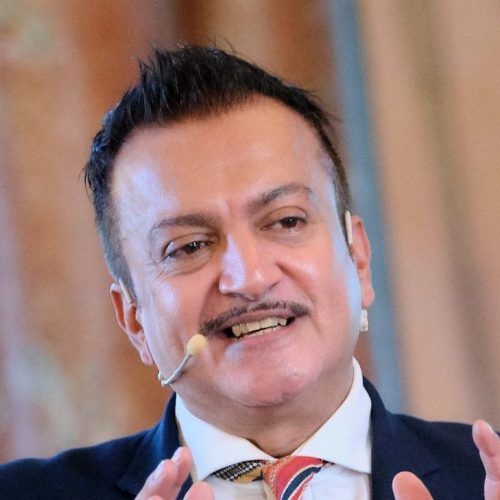
Chief Operating Officer and Chief Spokesperson of Friends of Europe
Prior to joining Friends of Europe, Dharmendra Kanani was director of policy at the European Foundation Centre (EFC). He was the England director at the Big Lottery Fund, the largest independent funder in the UK and fourth largest in the world. Dharmendra has held senior positions in the public and voluntary sectors and advisor to numerous ministerial policy initiatives across the UK.
Partners
Coorganized with
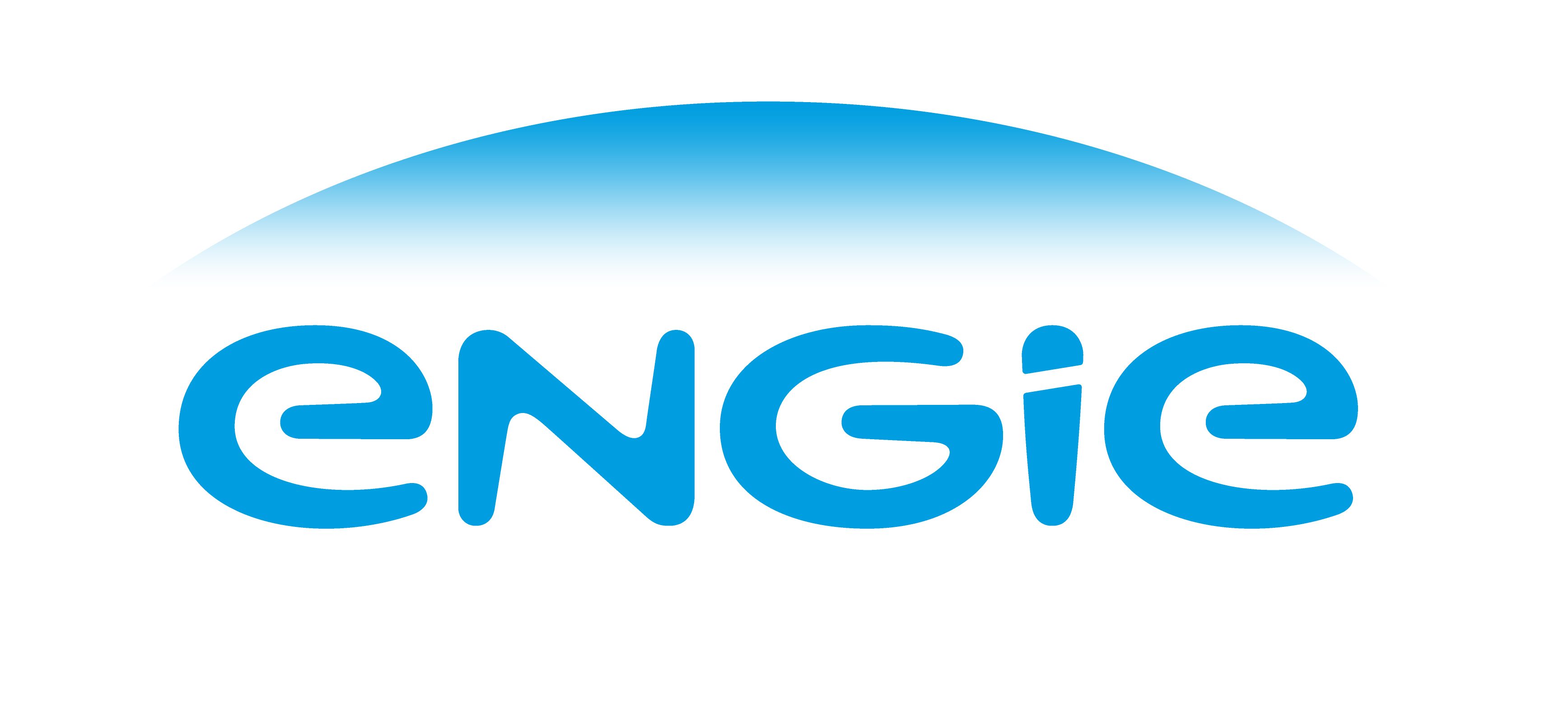
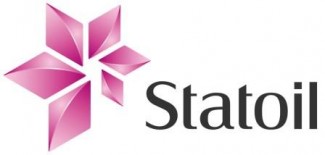
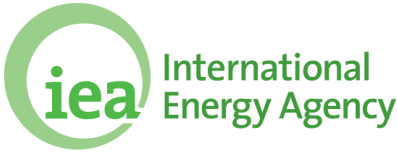
Activities
Climate and Energy Summit 2025
Next event In person & livestreamed
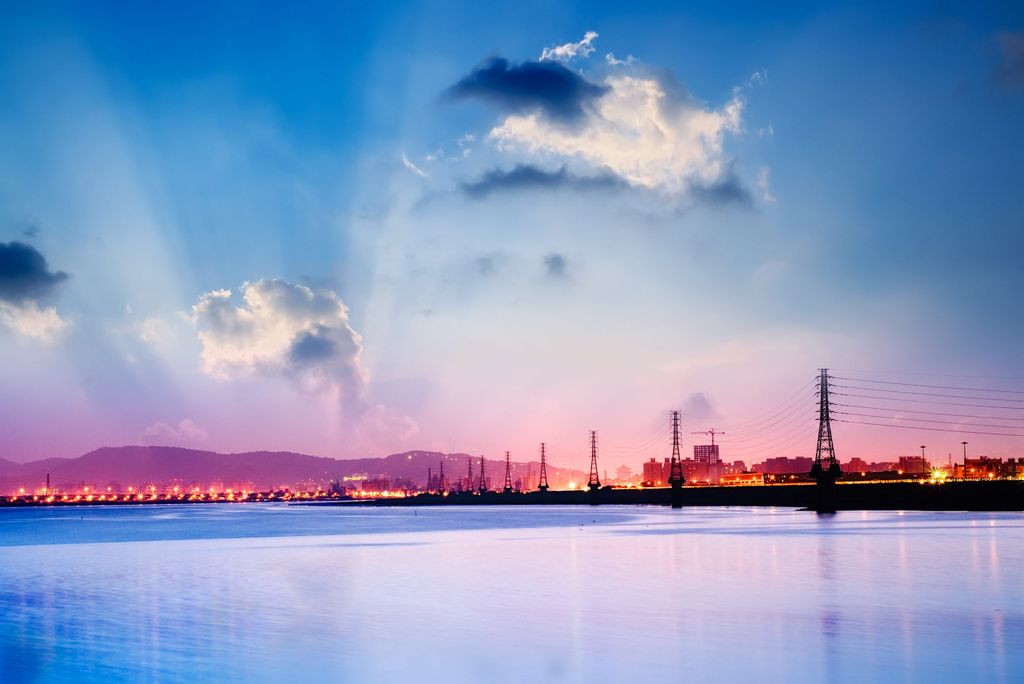
- Area of Expertise
- Climate, Energy & Natural Resources
European Oceans Pact: is maritime transport on board?
Past event In person & livestreamed
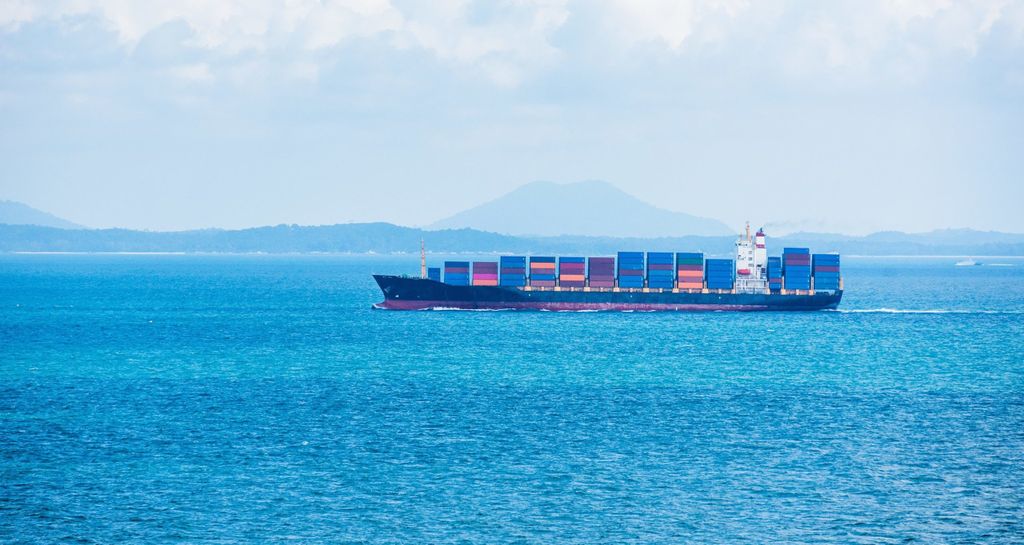
- Area of Expertise
- Climate, Energy & Natural Resources
Staying the course: driving sustainability forward in a shifting…
Past event In person & livestreamed
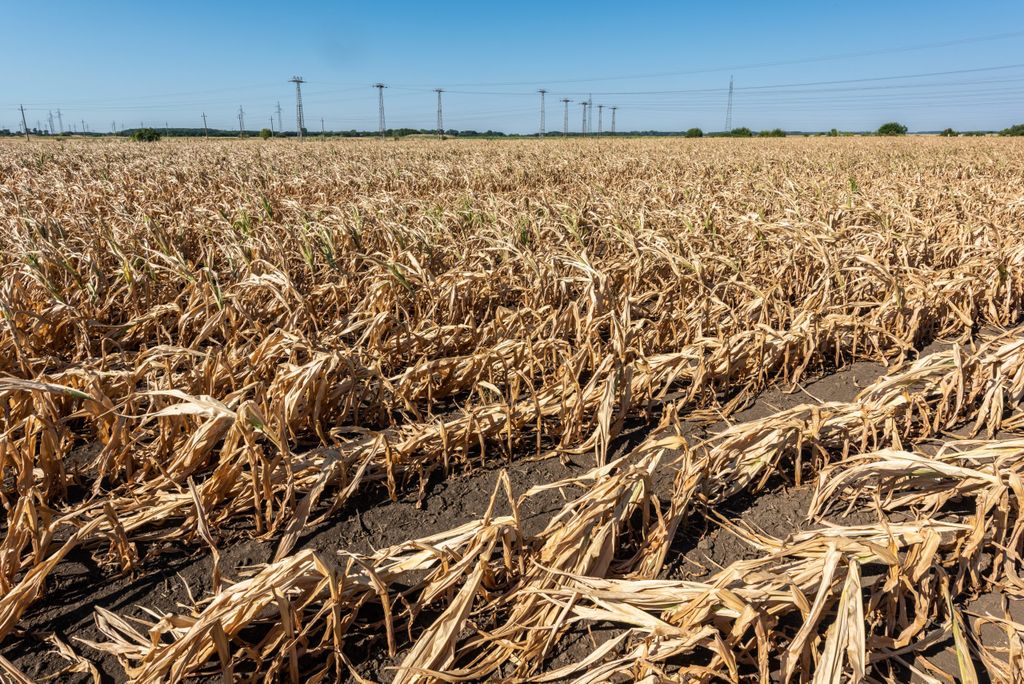
- Area of Expertise
- Climate, Energy & Natural Resources
Navigating risks and enhancing resilience: charting Europe’s energy and…
Past event In person & Livestreamed
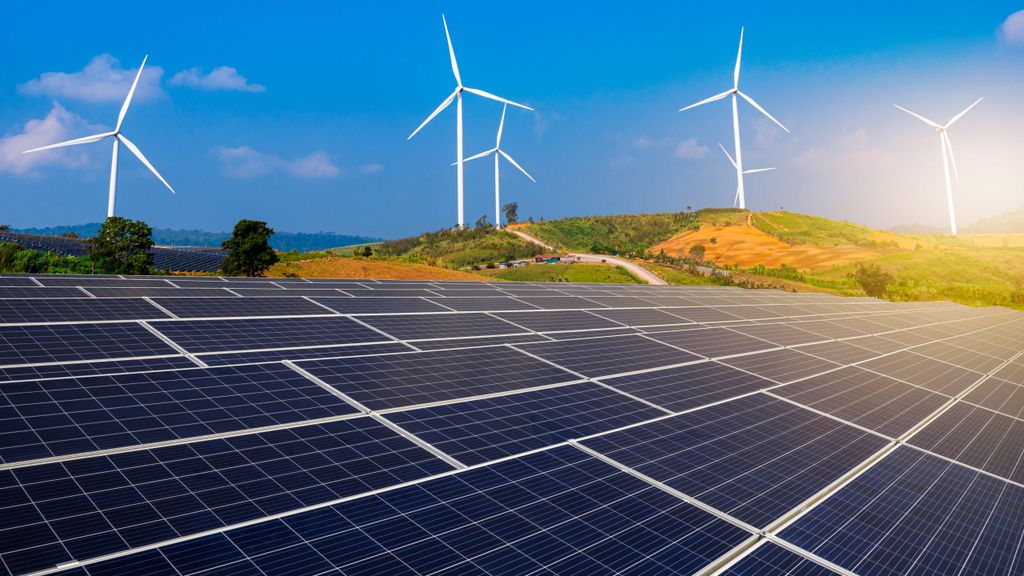
- Area of Expertise
- Climate, Energy & Natural Resources
Adaptation without mitigation is nonsense
- Category
- #CriticalThinking
- Author
- By Heïdi Sevestre
Policy Voices | Overcoming Polarisation: can communities shape the green…
- Category
- Podcast
- Area of Expertise
- Climate, Energy & Natural Resources
Energy prices coming down – is Europe on the right track?
- Category
- #CriticalThinking
- Author
- By Andris Piebalgs
Europe’s blackouts call for a NATO-level response
- Category
- #CriticalThinking
- Author
- By Maurizio Geri
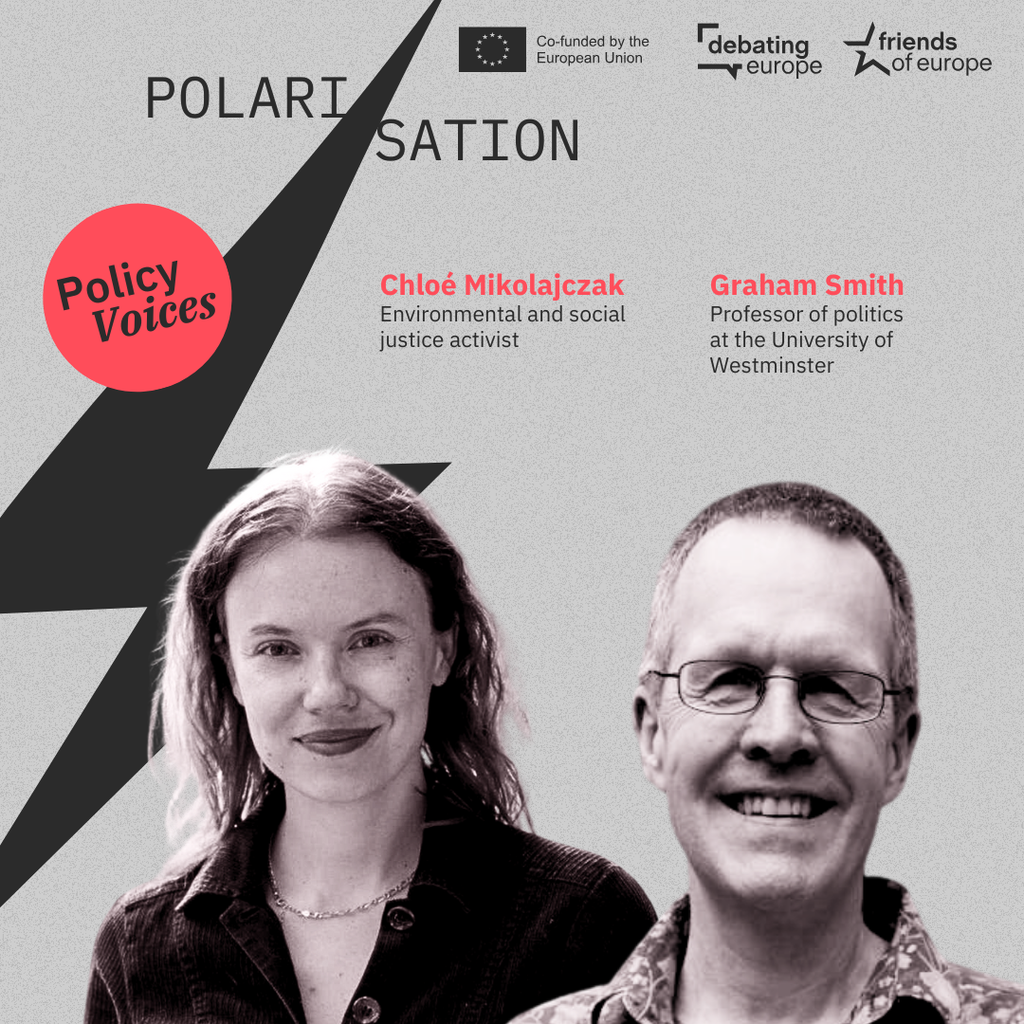
- Area of Expertise
- Climate, Energy & Natural Resources

- Area of Expertise
- Climate, Energy & Natural Resources
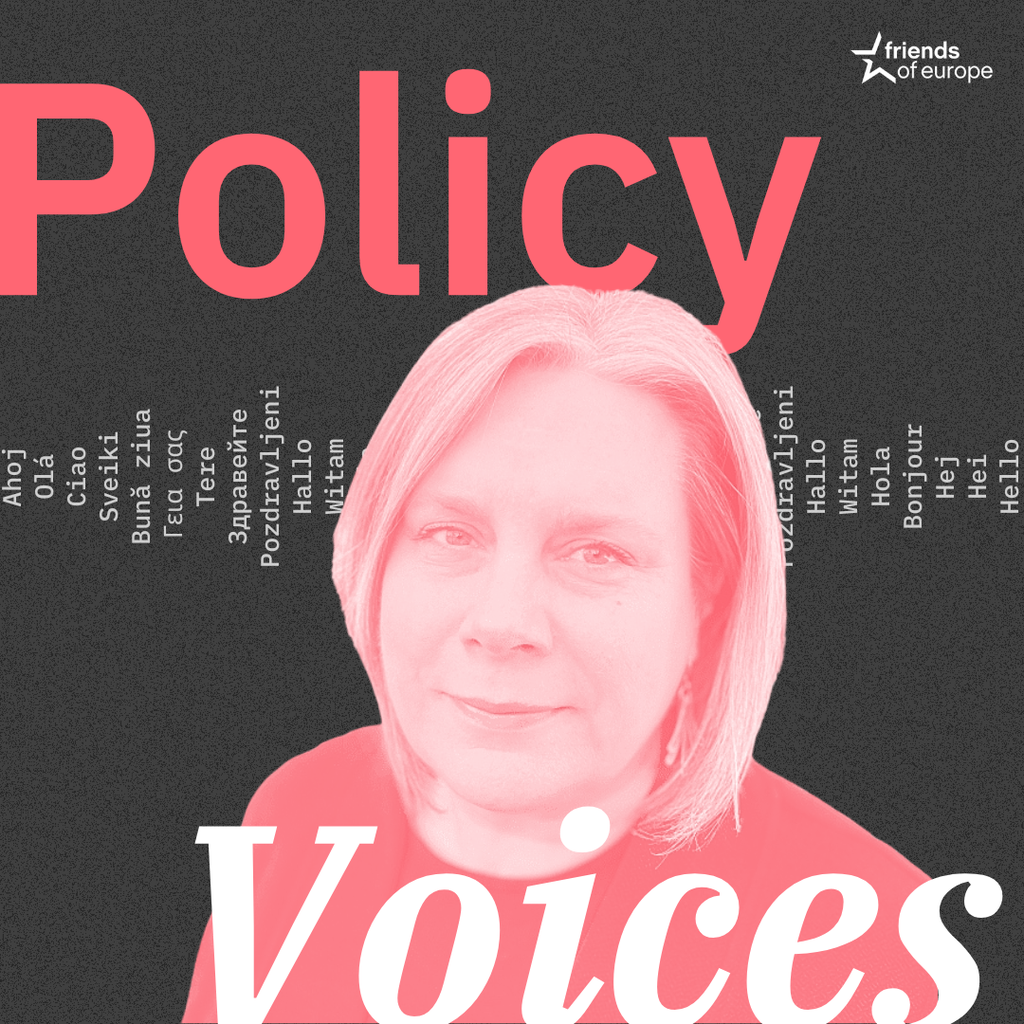
- Area of Expertise
- Climate, Energy & Natural Resources
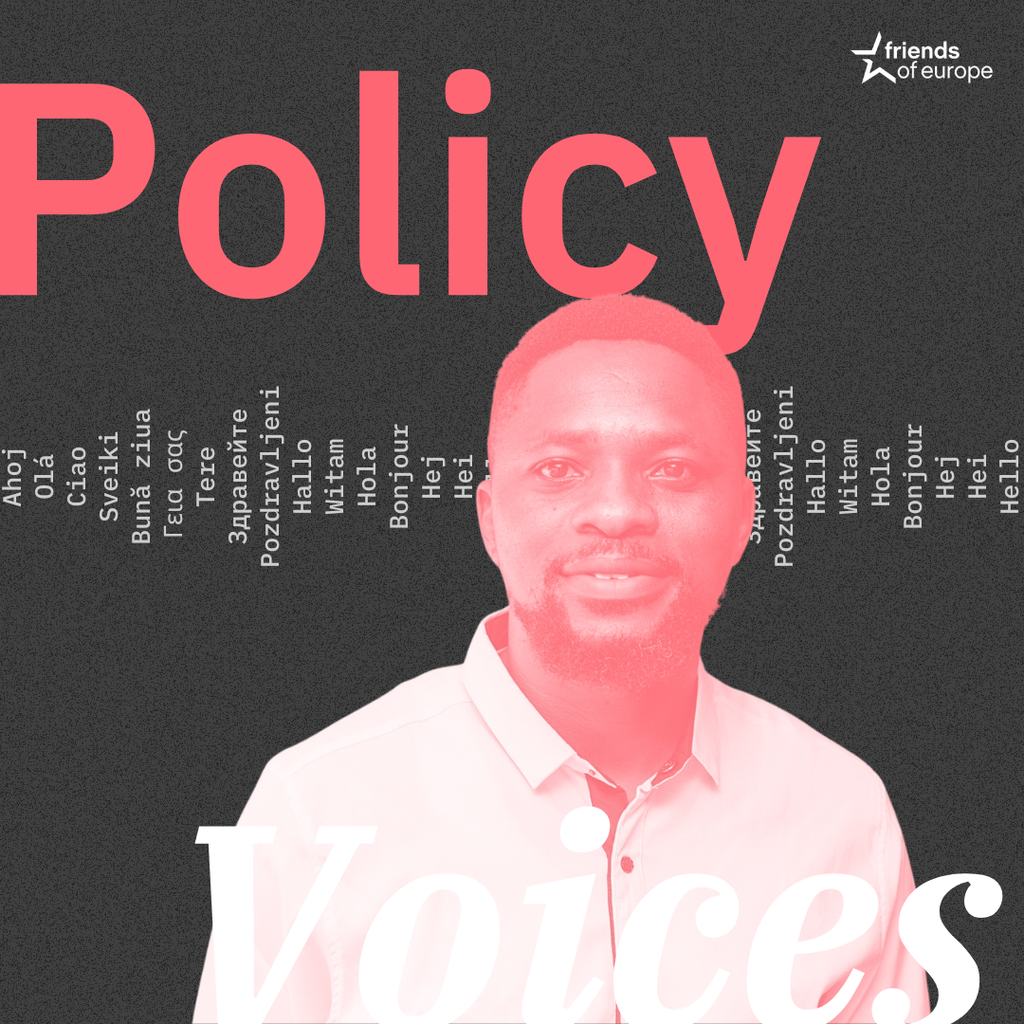
- Area of Expertise
- Climate, Energy & Natural Resources
Continue
the debate on
- Debating Europe

